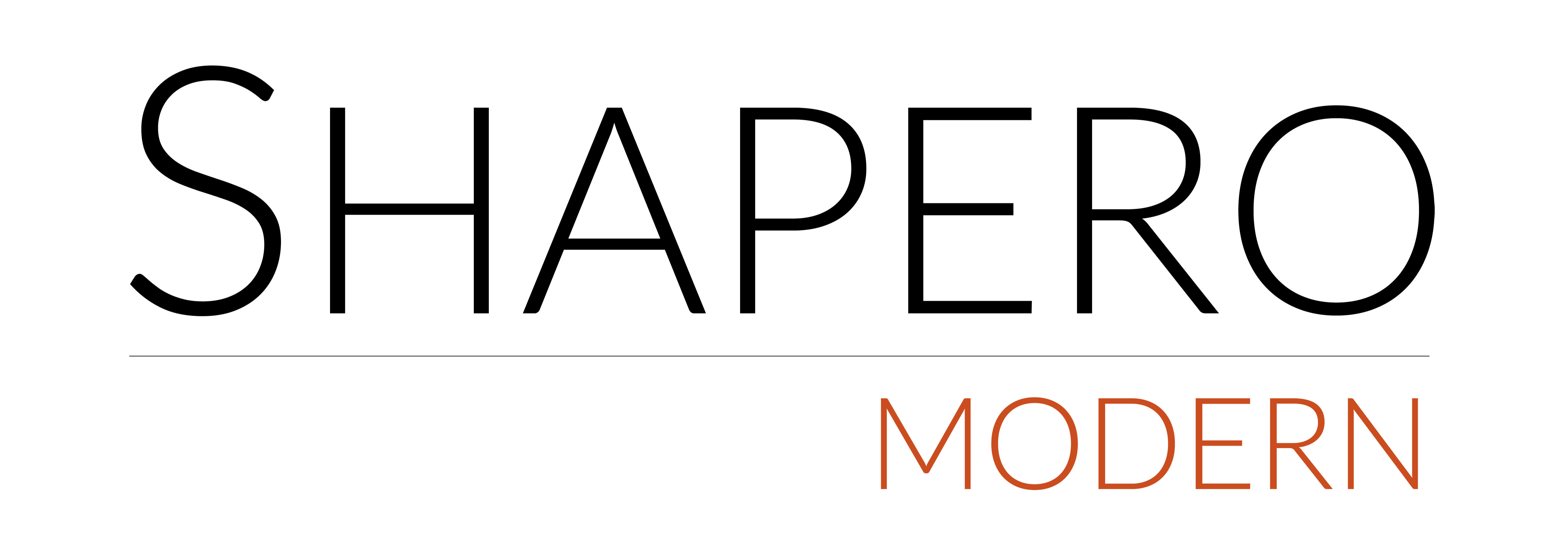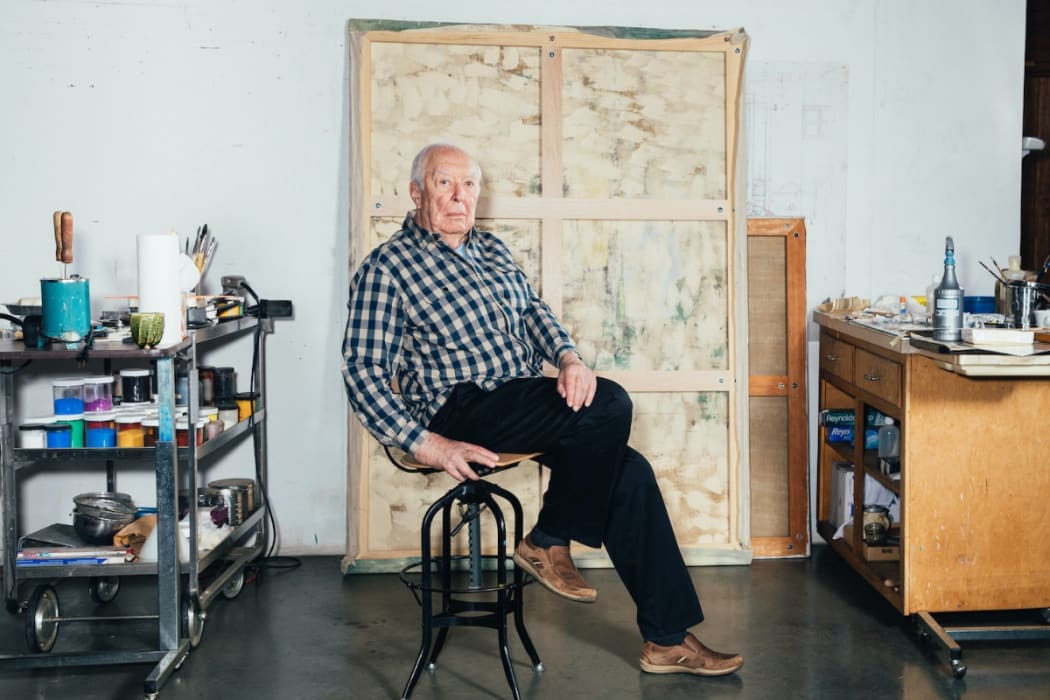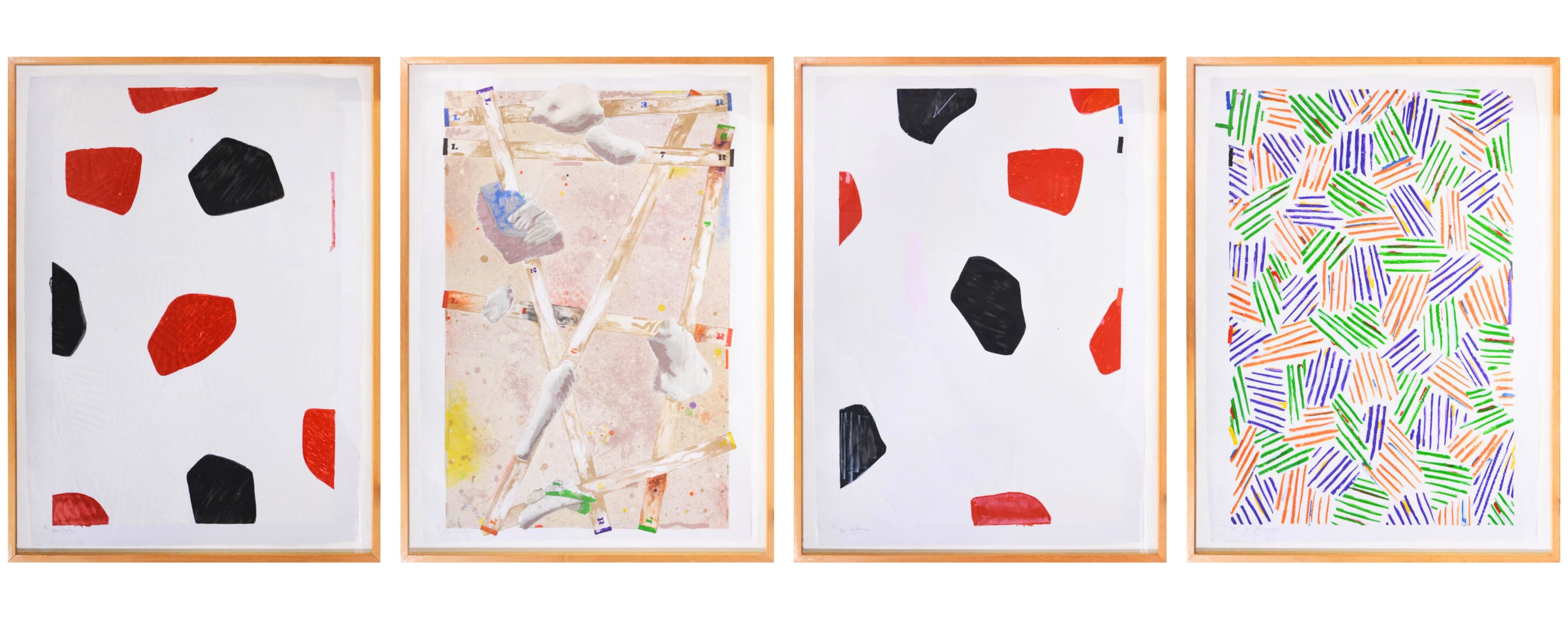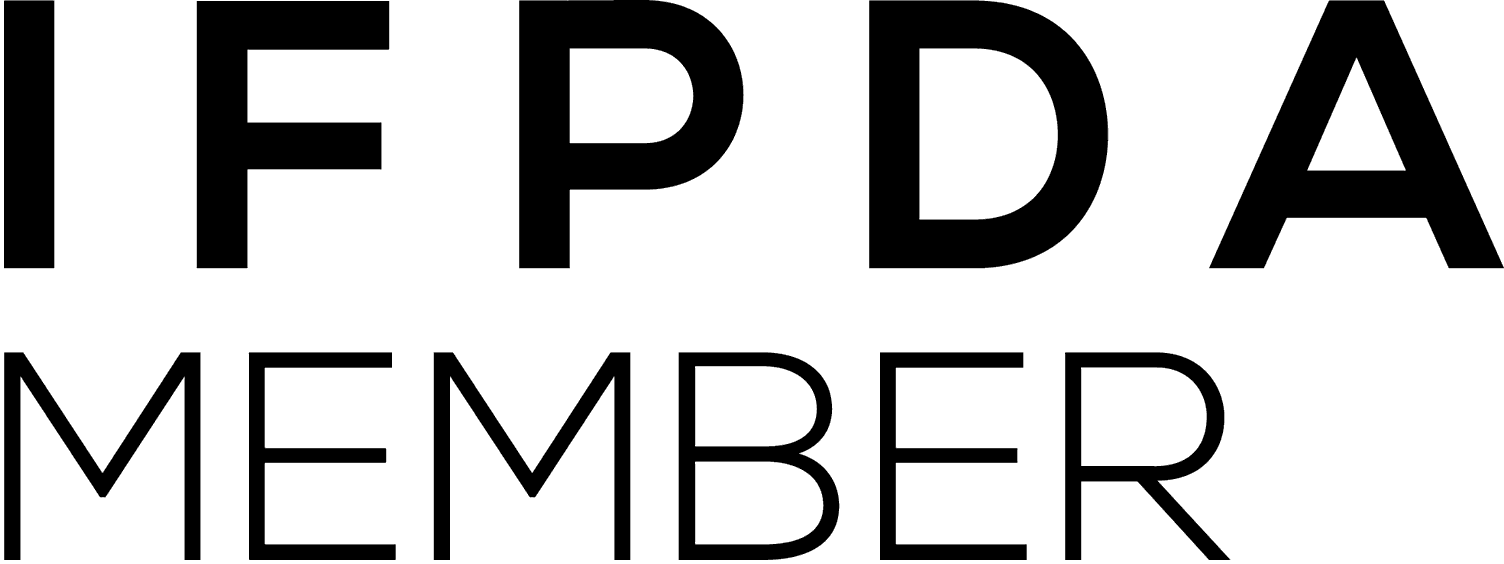This set of four lithographs Jasper Johns is based on his earlier painting ‘Untitled’, 1972. The work, created across four panels, marks the first appearance of the cross-hatching motif in Johns’ work. The cross-hatching and the flagstone patterns were both designs Johns first saw fleetingly from car windows: the cross-hatching whilst driving along the Long Island Expressway, the flagstone pattern on a painted wall in Harlem. Unfortunately, when he returned to Harlem to photograph the site, he could not find it so recreated it from memory. Throughout his work, Johns was partial to both these motifs, although he employed the cross-hatching more expansively, saying ‘it had all the qualities that interest me… literalness, repetitiveness, an obsessive quality, order with dumbness, and the possibility of complete lack of meaning’.
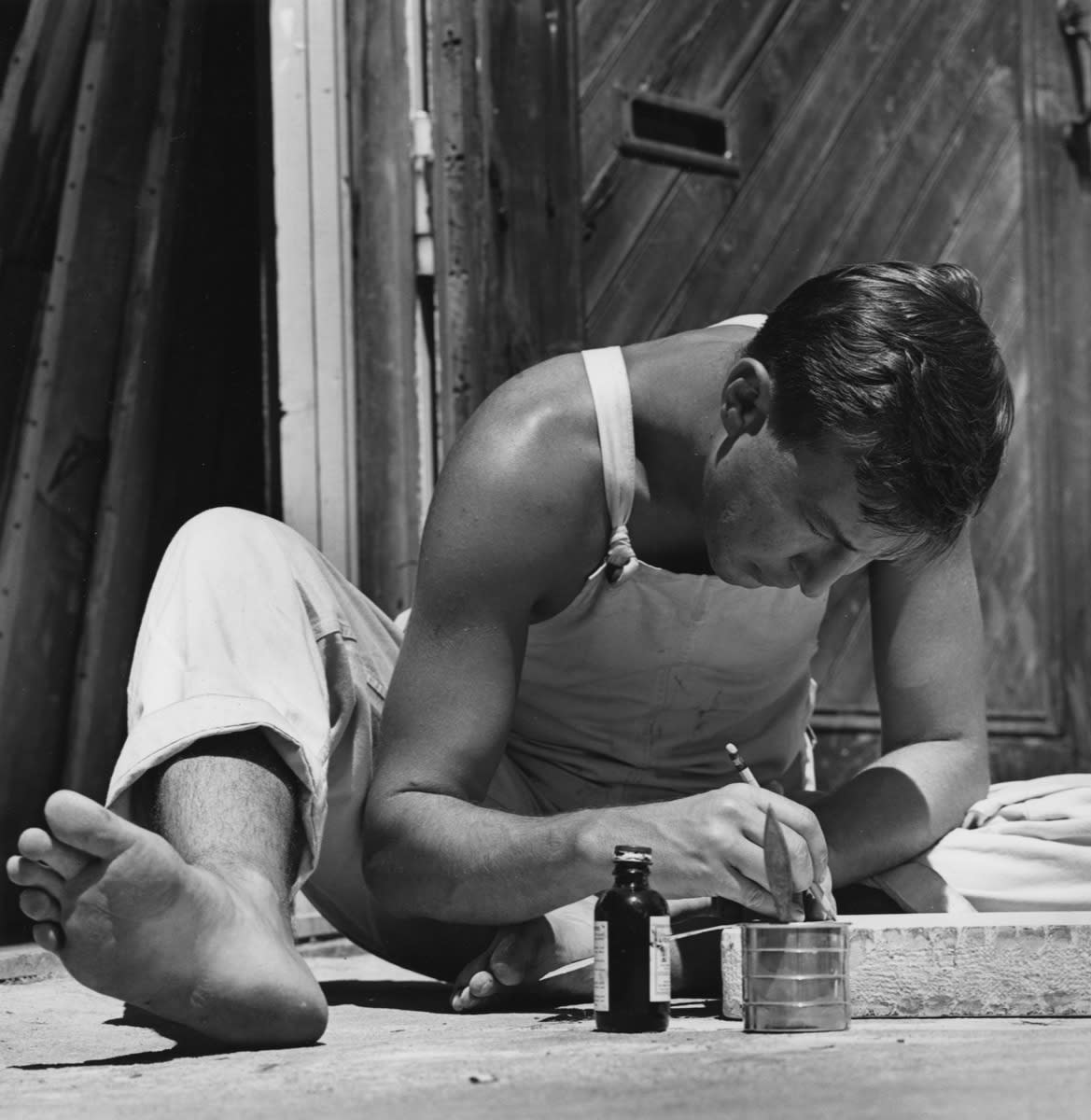
Image Credit: Jasper Johns working at Universal Limited Art Editions, West Islip, N.Y., 1962, photo by Hans Namuth, Courtesy of Universal Limited Art Editions.
